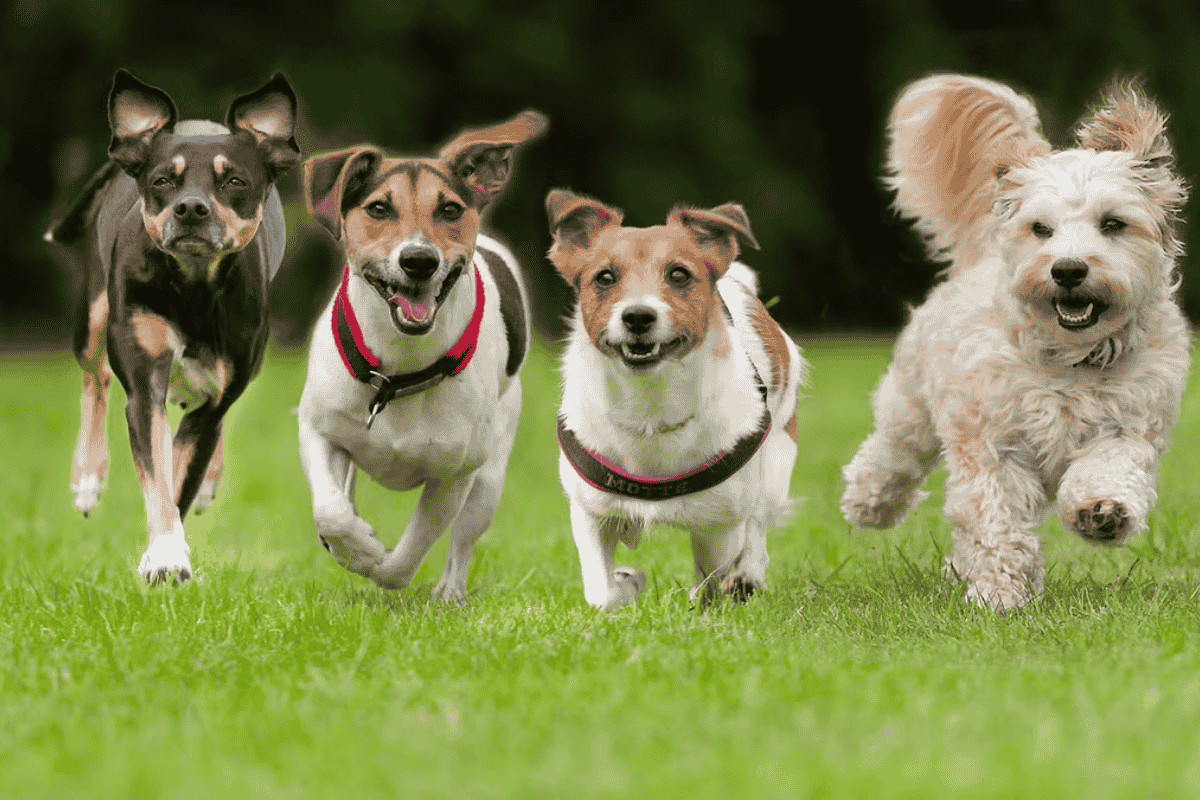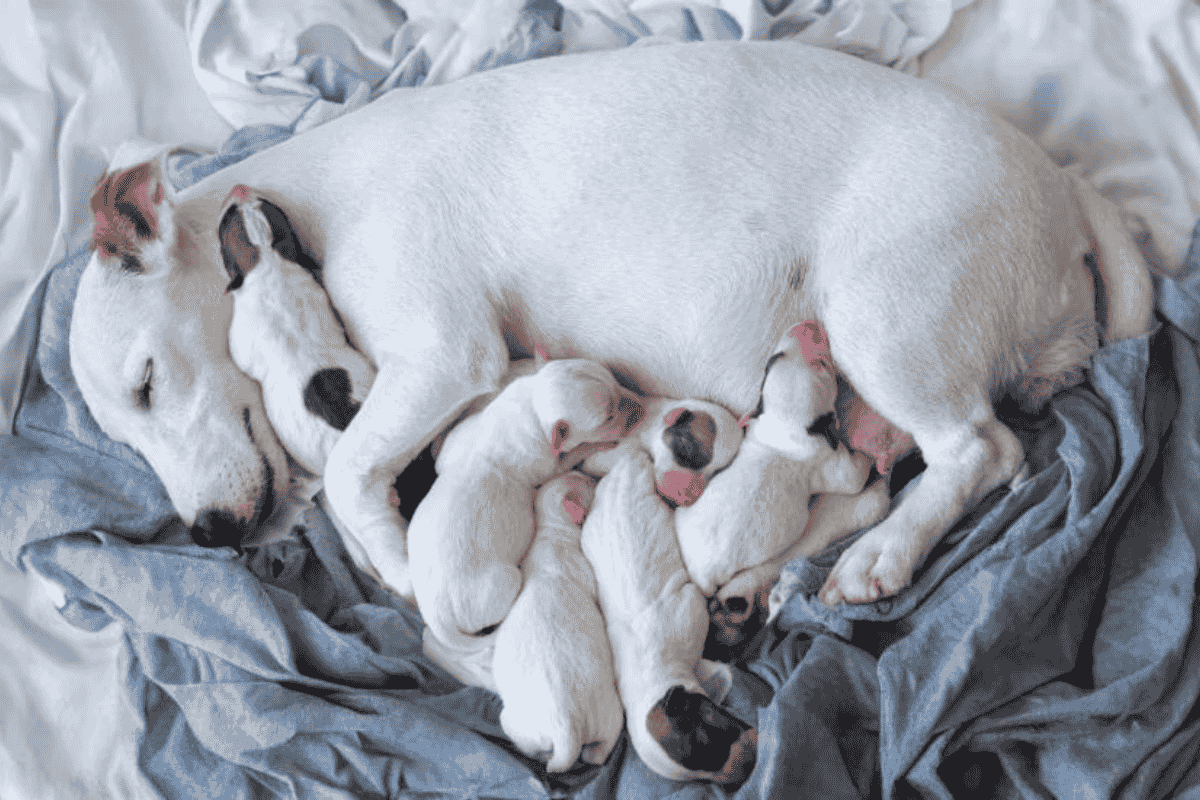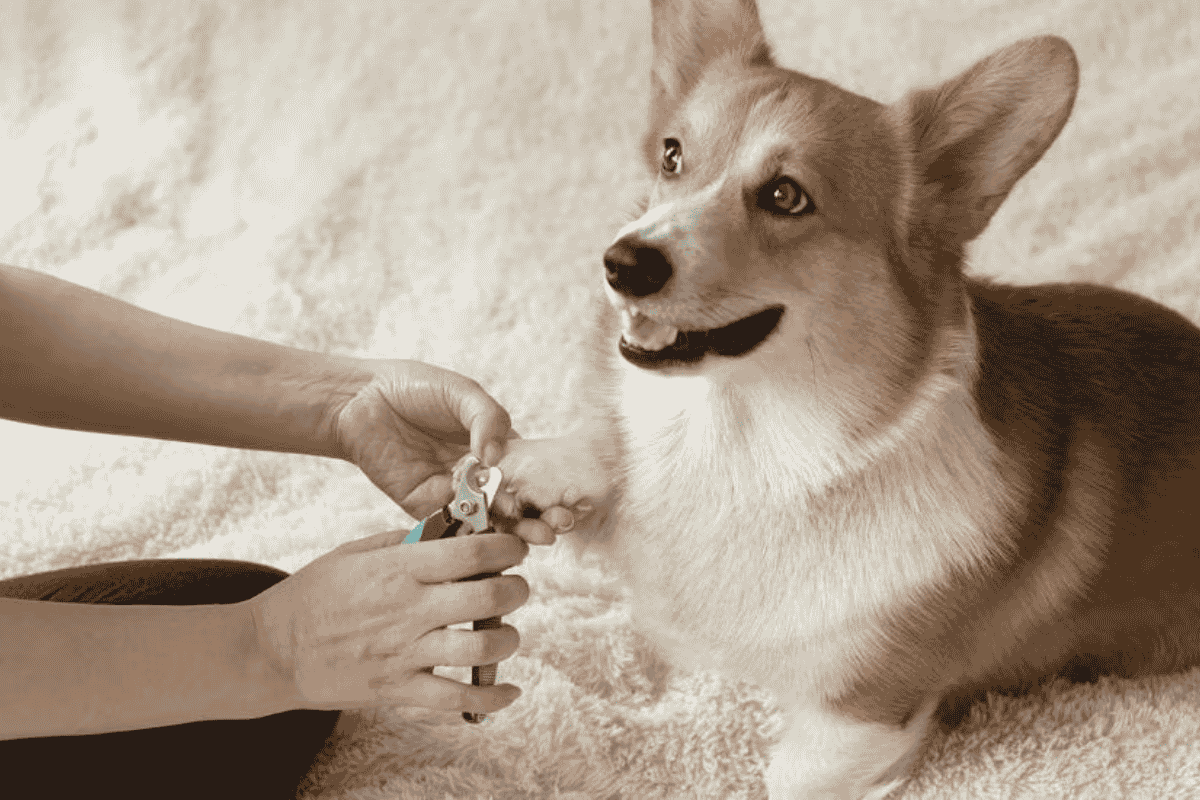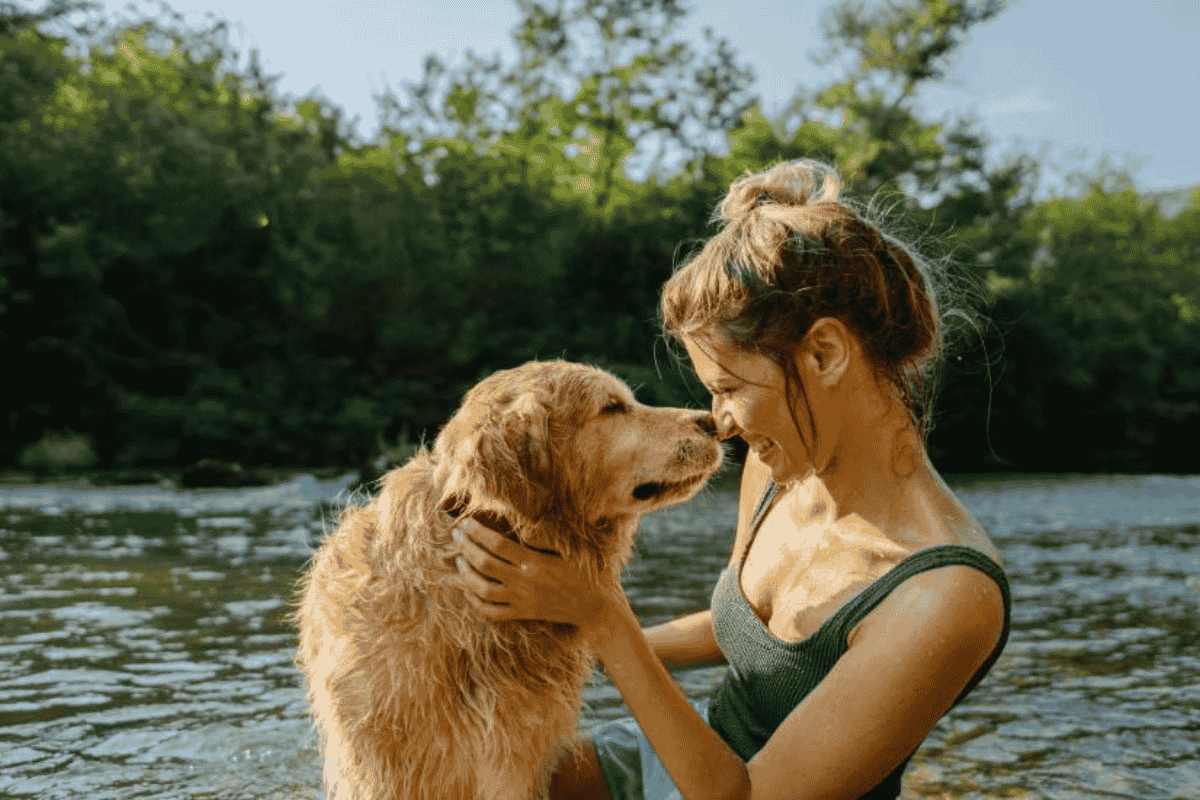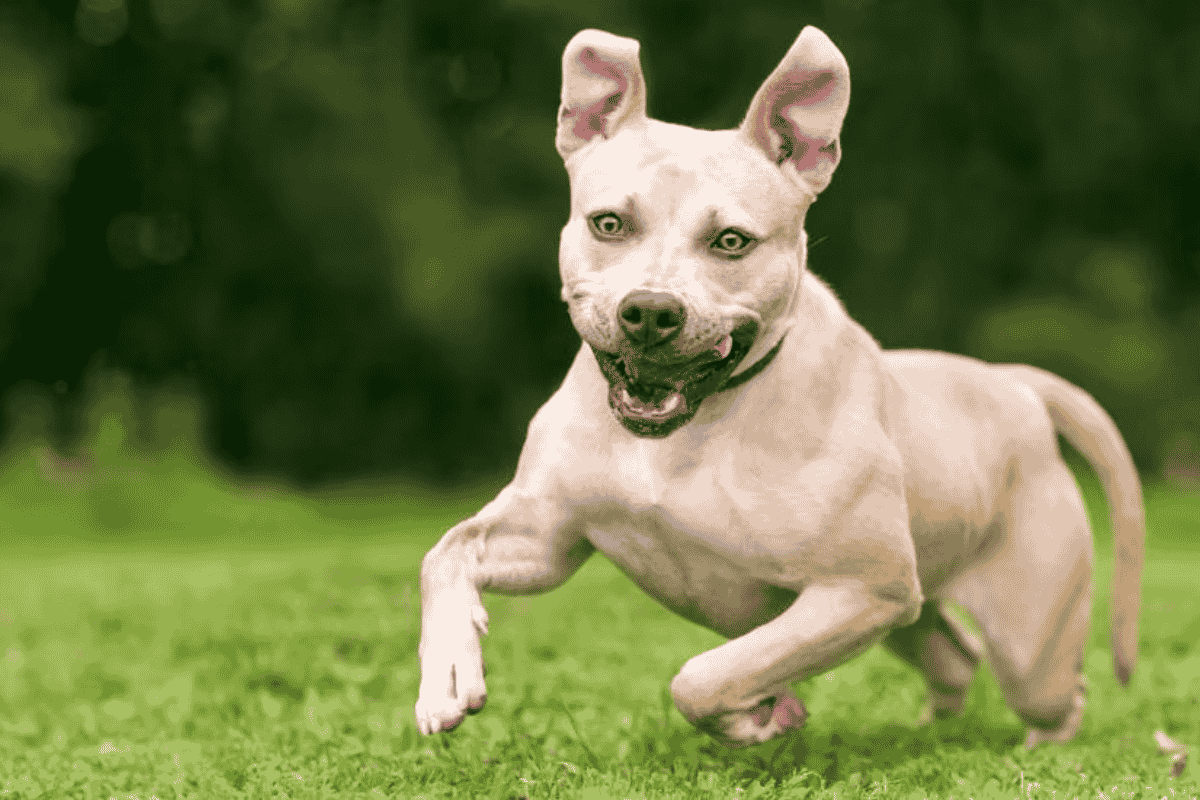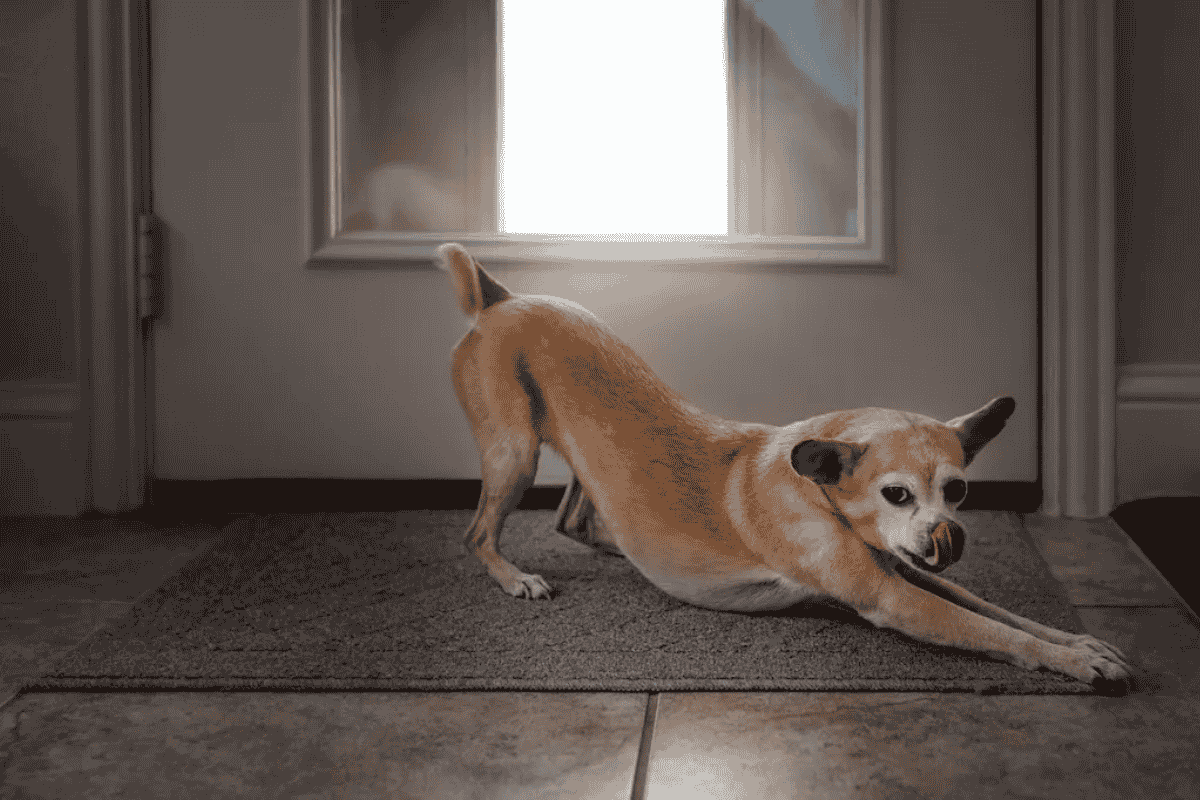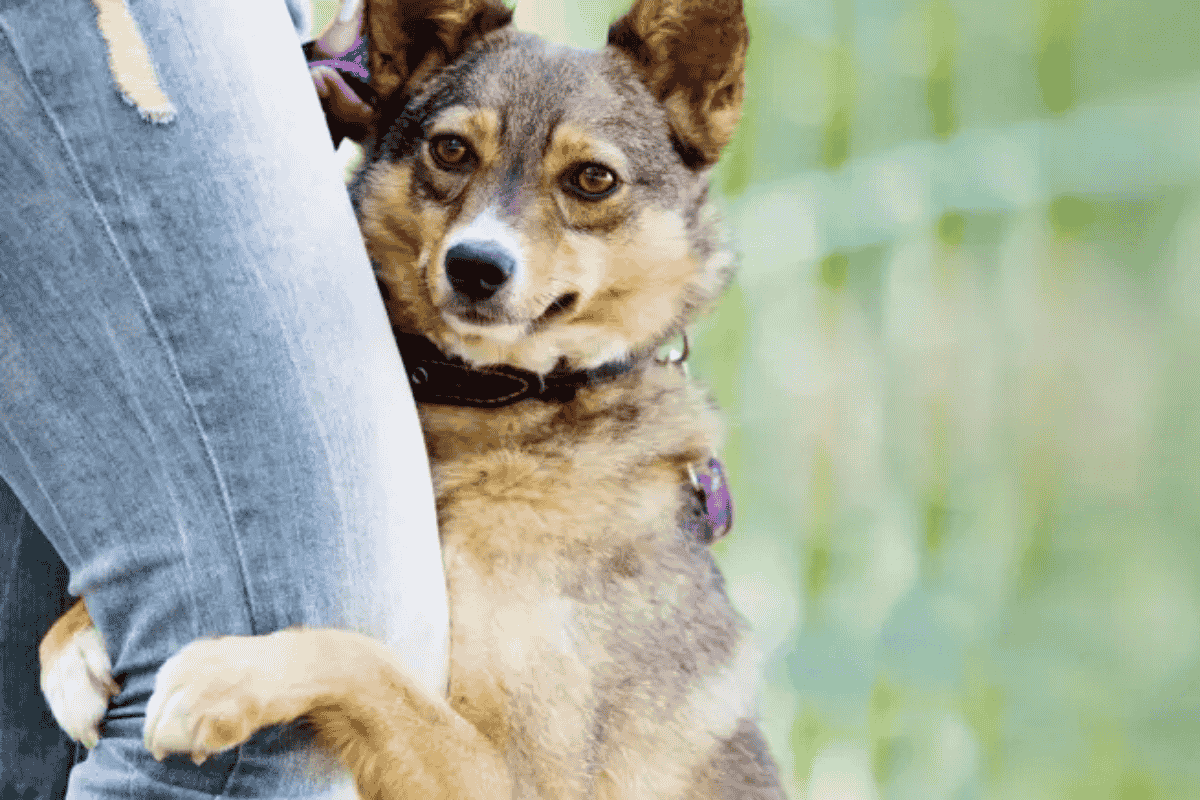Most dogs go through life without ever experiencing issues with their anal glands. However, when these small but important sacs malfunction, they can cause discomfort, pain, and even serious health problems.
Understanding how anal glands work, recognizing early signs of trouble, and knowing when to seek veterinary help are essential for every pet parent.
What Are Dog Anal Glands?
Dog anal glands are two pea-sized sacs located on either side of the anus. These glands produce a strong-smelling fluid released during bowel movements, which helps mark territory and convey information to other dogs.
- Normal function: Stool naturally applies pressure to express the glands.
- Other triggers: Dogs may involuntarily express their glands when scared or stressed.
- Not essential: While useful for communication, dogs can live without them if medically removed.
Types of Dog Anal Gland Problems
Anal sac disease can take different forms:
Anal Gland Impaction
- Fluid thickens, creating a pasty mass.
- Pain is moderate, but expression can often resolve the issue.
Anal Gland Infection or Abscess
- Bacteria cause pus buildup.
- Symptoms include swelling, redness, or hot spots near the anus.
- Abscesses can rupture, releasing bloody or greenish-yellow discharge.
Ruptured Anal Gland Abscess
- Severe pain, open fistulas, and pus drainage.
- Requires urgent veterinary attention.
Anal Gland Cancer
- The most common form is apocrine gland anal sac adenocarcinoma (AGASACA).
- More common in older female dogs and certain breeds (e.g., German Shepherds, Dachshunds).
- May not cause pain but can spread to lymph nodes or organs.
Signs of Dog Anal Gland Problems
Common symptoms include:
- Scooting
- Excessive licking or biting of the hind end
- Straining or showing pain while pooping
- Reluctance to sit
- Fishy odor or discharge
Other concerning signs: crying, lethargy, loss of appetite, or swelling near the anus.
Risk Factors for Anal Gland Disease
Some dogs are more prone to issues, especially small breeds like Chihuahuas, Toy Poodles, Lhasa Apsos, Cocker Spaniels, Beagles, and Basset Hounds.
Additional risk factors include:
- Obesity
- Low-fiber diets
- Food or environmental allergies
- Skin conditions (seborrhea, infections, itching)
- Stool changes (chronic diarrhea or constipation)
- Genetics
How to Tell if a Dog’s Anal Glands Are Full
- Glands that don’t empty naturally may thicken, causing irritation.
- Signs: scooting, odor, or difficulty defecating.
- Vets may recommend leaving them alone if healthy, or regular manual expression if needed.
Treatment for Dog Anal Gland Problems
- Manual expression by a vet, vet tech, or groomer.
- Topical treatments (antibiotic or steroid ointments, medicated sprays).
- Oral medications (antibiotics, anti-inflammatories).
- Surgical removal for chronic or severe cases.
- Cancer treatment may involve surgery, chemotherapy, or radiation.
Never attempt anal gland expression at home unless instructed by your veterinarian.
Maintaining Healthy Anal Glands
Diet and Supplements
- High-fiber diets help form firmer stools that naturally express glands.
- Supplements like Vetnique’s Glandex (fiber, probiotics, enzymes) support healthy gland function.
- Omega-3s and fish oil reduce inflammation.
Weight Management
- Overweight dogs are more prone to fluid buildup in the glands.
- Healthy weight through diet and exercise reduces risks.
Hygiene
- Use pet-safe wipes after expression to keep the area clean and odor-free.
